The best exercise routine to do at home
Although we sometimes forget, strength is a fundamental part of a cyclist's training. Both to improve performance and to prevent injuries. As we told you a couple of years ago, Nino Schurter dedicates 9% of his time. Of course, with the busy life we lead, it is not always feasible to go to the gym (or so we tell ourselves, because we often use this as an excuse). But don't worry: today we bring you the best exercise routine to do at home, without the need for machines. Because yes, there are things you can do in your own living room, and they will help you maintain your tone.
Simple exercise routine that anyone can do at home
If you are familiar with the gym, you should do 1-2 sets of each of the 6 exercises we propose below, and with 2-3 times a week you will notice the results. Ideally, you should feel a slight fatigue in the target muscles at the end. On the other hand, if you have not yet incorporated this type of training into your daily routine (and there are many cyclists who do not even consider it), this is a very good way to do it.
Just like these 10 simple isometric exercises. Although, of course, start slowly. Or, even better, if you can afford it, go to a specialist to set the guidelines. It is very well demonstrated, by studies like this one from the University of Lillehammer (Norway) and many others that strength training (especially in the legs, but not only) improves performance on the bike, so take note.
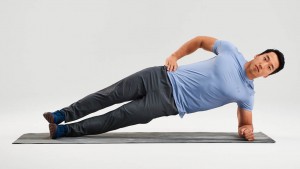
Side plank
RECOMENDADO
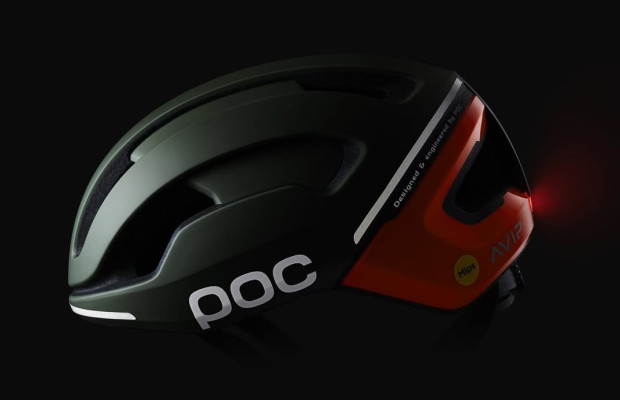
Black Friday 2025 cycling bargains: save on Garmin, POC, Maxxis and more
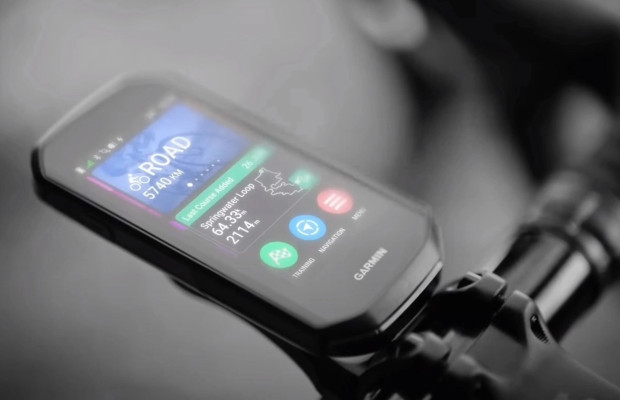
Black Friday Garmin 2025: the ultimate guide to choosing your GPS at the best price
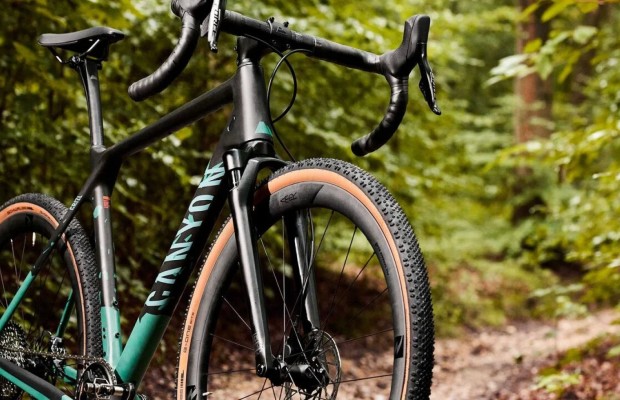
Do you need suspension on your gravel bike?
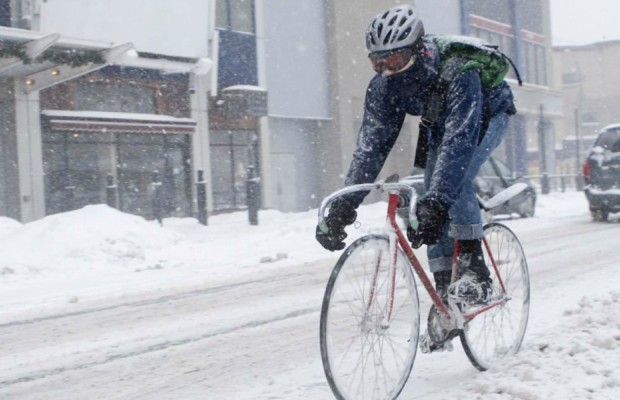
What is the winter bicycle and why is it disappearing
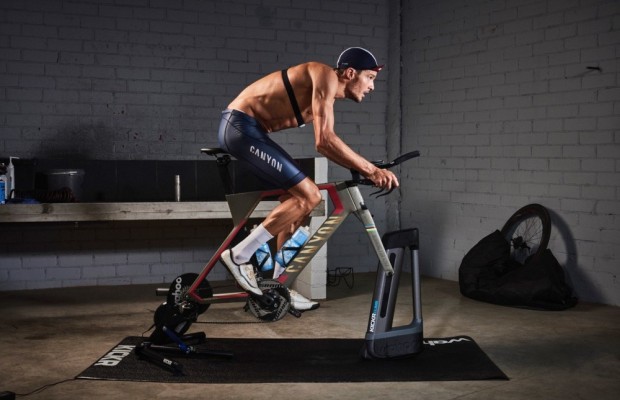
A real workout saver of only 56 min on the turbo trainer
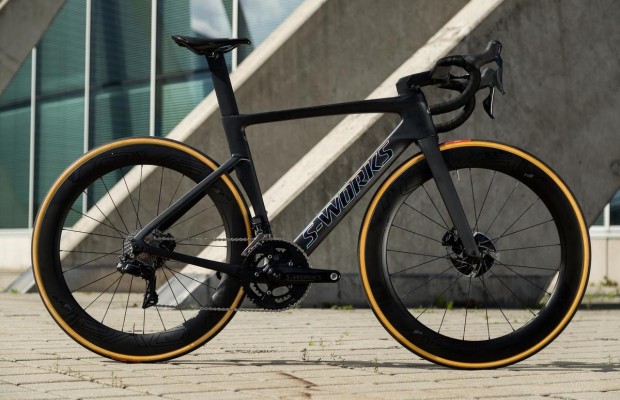
Which profile wheels to choose according to the area where you live: mountain, flat or coast
The dorsal muscles work quite a bit in cycling, believe it or not. This exercise will help you tone them. However, as it puts quite a bit of pressure on the shoulder and hip areas, you can adapt it. For example, supporting the upper part of your body on the sofa and holding something, like a well-folded towel or a high pillow, between your legs, to keep the hip in a neutral position. Hold for 10 seconds, and do 6 repetitions per set.
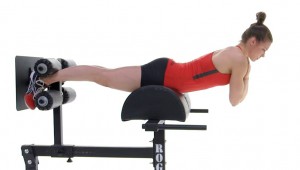
Trunk extension
In this case, you will be face down on a surface. Take the pillow from before and place it under your abdomen, so that the upper part of the pelvis is in contact with the floor. First, let yourself fall until you almost touch the floor with your face, and then start stretching your back, lifting the entire trunk, but without separating the pelvis from the surface. Obviously, this will help you strengthen the lumbar area, a very 'abused' area due to the position we adopt on the bike, and with which many cyclists end up having problems. The exercise is somewhat more demanding if you put your hands on your head. Do several repetitions, depending on your preparation.
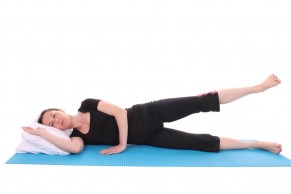
Hip abduction
The hip abductors, responsible for separating the leg from the body laterally, are very important muscles for their function... and also because they are related to the knee, and, if you neglect them, they can lead to injuries related to it. To train them, lie on your side and bend the knee of the leg that remains on the floor. Put the pillow under your head and one hand on your pelvis to make sure you don't strain it. Gently lift the upper leg parallel to the body, without deviating forward or backward. When you reach the top, hold the position for a couple of seconds, and then lower it slowly. Do several repetitions, depending on your training status.

Single leg heel raise
This third exercise will allow us to have more defined calves and strengthen the soleus muscles, which are responsible for nothing less than the power of your pedaling. Stand facing a wall or against a table or the back of a chair, hold all your weight on one leg and start to lift the heel of that foot little by little. Lift the arch of the foot as much as possible and hold it up for a couple of seconds before lowering it almost to touch the ground with the heel, but without doing so, and then raise it again. The number of repetitions should decrease with your age. The ideal would be about 30 for the 20-40 age group, about 20 for the 40-60 age group, and a maximum of 10 above 60 years.
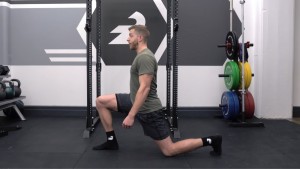
Split squat (or Bulgarian)
It is similar to lunges or 'lunges', although not the same. Start with your feet apart and throw one back as far as possible without having to bend your back. Go down slowly, keeping the front foot well planted, and stop just before the back knee touches the ground. Then, rise using mainly the muscles of the front leg. Then, change legs. This is a great way to strengthen the quadriceps and the gluteus maximus. You can also add dumbbells if you have them handy, although they are not necessary. The Bulgarian is somewhat more extreme than the split, by putting the back foot on a bench or some slightly elevated object.
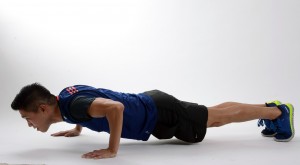
Push-ups
Because they are a classic and because, yes, the triceps are fundamental when it comes to maintaining your position on the bike. How many times, on your outings, have you felt arm pain? Well, push-ups will help you have stronger arms. You probably don't need instructions on how to do them, but here are a couple of tips: if you're not used to it, you can start with your knees supported and/or with inclined push-ups (on stairs, for example, or with your arms on a chair), until you develop the ability to do them as in the photo. And don't overdo it going down. That point where you have to stop is different for everyone, and is marked by the anatomy of your shoulder.
What do you think of this exercise routine? Do you think it is enough for any cyclist? We read you on our social networks.